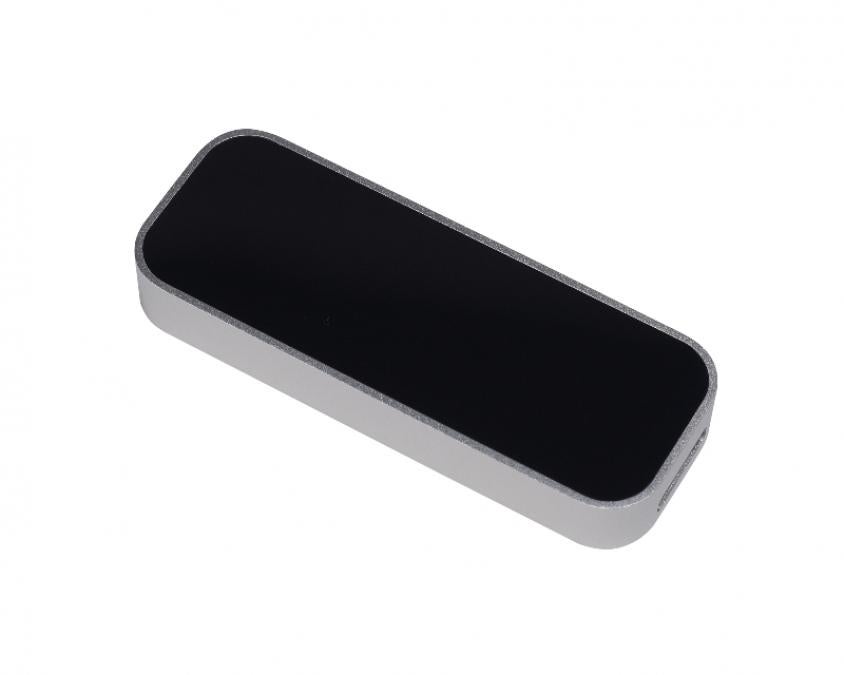Leap Motion gesture controls turn your life into Minority Report
Use gestures to control your PC and shift between screens with a sweep of your hand. Precognitive mutants not included
Warning: Undefined array key "width" in /app/wp/wp-includes/media.php on line 1685
Warning: Undefined array key "height" in /app/wp/wp-includes/media.php on line 1686
Warning: Undefined array key "width" in /app/wp/wp-includes/media.php on line 1685
Warning: Undefined array key "height" in /app/wp/wp-includes/media.php on line 1686
There’s a popular image of future computer technology which involves people controlling massive holographic screens by gesturing and holding their hands. Popularly depicted in 2002 film Minority Report, it’s as much a part of our cultural vision of the future as artificial intelligence and physically improbable forms of space travel. Unlike those two bits of future tech, however, the development of usable gesture control systems has turned out rather well.
The Leap Motion is a £60 USB3 device, originally funded by a combination of venture capital and Kickstarter crowdfunding, which brings inexpensive gesture control to Windows, Mac OS and Linux PCs. You can even get an HP laptop, the Envy 17-j16ea, with a built in Leap Motion. Since its release in mid-2013, its AirSpace app store has filled up with over 150 different programs.

Leap Motion’s Airspace app launcher and web-based store let you choose between over 150 free and paid-for gesture controlled apps
The Leap Motion’s object and motion detection system works by using three infrared LEDs to cast a dot pattern extending above and around it. This is then monitored by two infrared cameras on the unit, which can capture 300 frames per second to keep up with fast, fine movements. All the processing of this data is handled by a driver installed on your PC.
The controller’s sensors watch a roughly hemispherical area of around 135 degrees above it. Because it’s small, it’s rather sensitive to how it’s positioned. When it came to fine movement, we got the best results with the Leap Motion positioned just in front of our keyboard on a desk that was low enough for us to comfortably prop our elbows on, although a handful of apps required a bit more room to move.

It’s not much to look at, but the Leap Motion lets you use your PC in an entirely new way
The combination of infra-red dots and camera is the same kind of system used by the Microsoft Kinect’s motion detection, but the Leap Motion works on a much smaller scale. It casts its infrared field up to about a metre above the unit, although we got the best accuracy at around the 50cm mark. It can also detect movement in front of and behind it. We found that movements in these areas were accurately detected at distance of around 20cm in either direction when you’re about 50cm above the unit. This means that it can detect motion in three dimensions.










